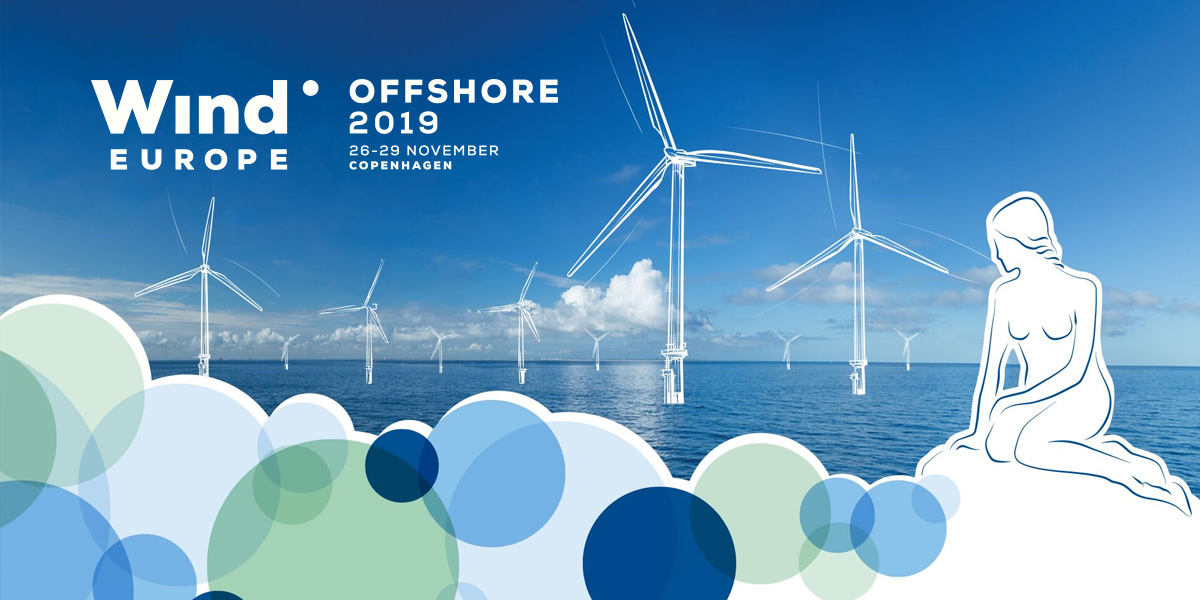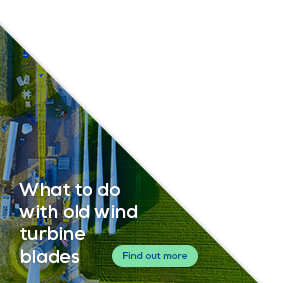WindEurope Bulletin
WindEurope Bulletin November 2019
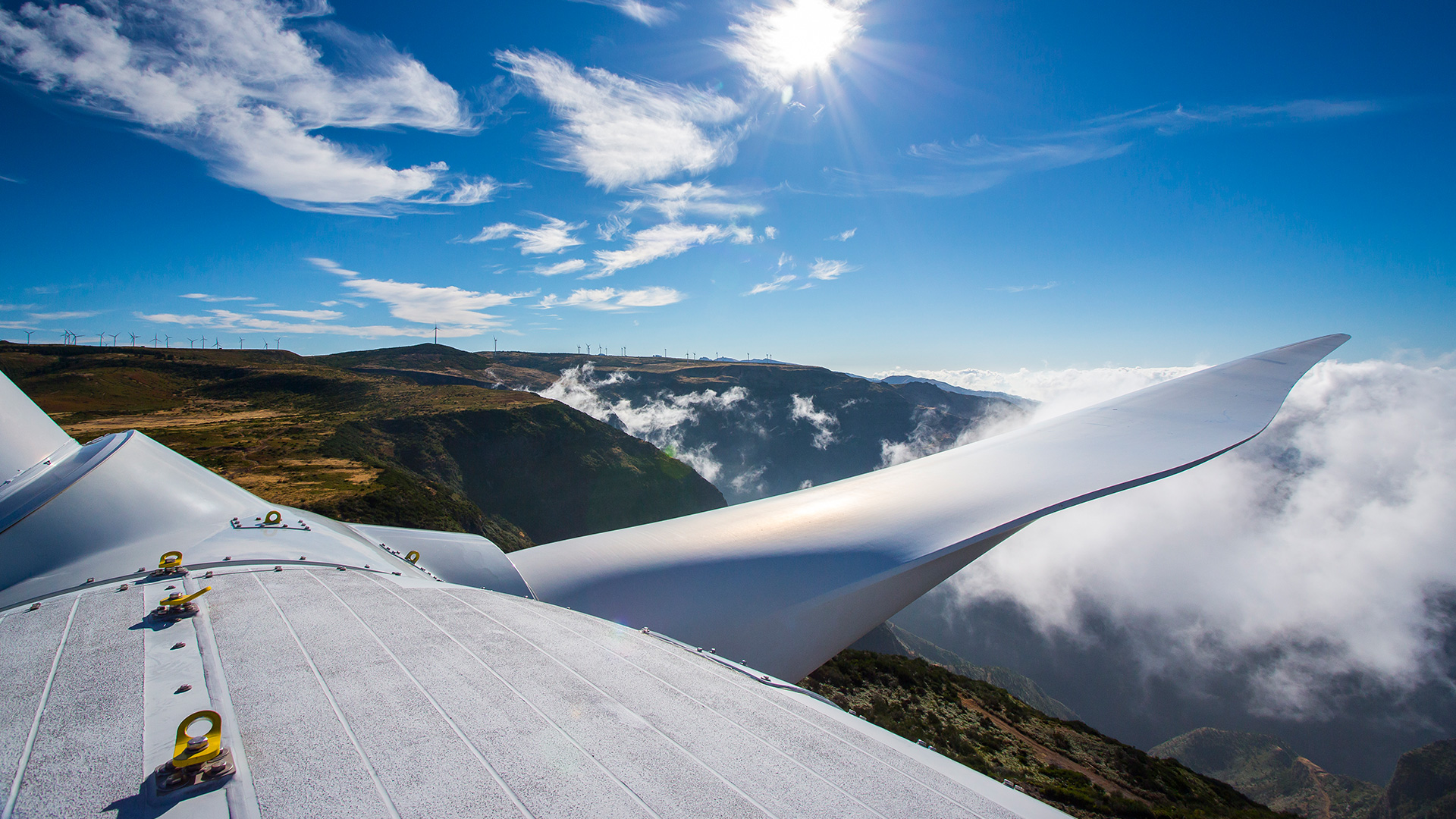
6 November 2019
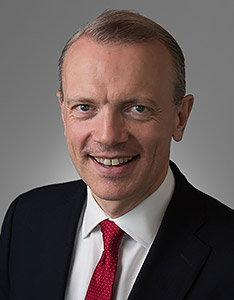 Giles Dickson
Giles DicksonCEO Foreword
Dear WindEurope Member,
These are tough times. Our supply chain remains under pressure, and we continue to lose jobs, not least in Germany. But good things are happening too. Spain, Sweden and Norway are installing record amounts of onshore wind. Poland is about to do a 2.5 GW onshore auction. And lots is happening on offshore wind.
Many of you will have seen the big IEA report on offshore wind, which says offshore wind will be the number 1 source of power in Europe by 2050 (at 22%) with onshore wind number 2 (at 19%). The report is actually a bit conservative on offshore volumes for 2040. They see only 130-180 GW by then, when we’re pretty confident we’ll already have 90 GW by 2030. And let’s not forget, the EU Commission’s eight scenarios for 2050 envisage between 230 and 450 GW by 2050.
Which brings us to Europe’s premier offshore wind energy event, WindEurope Offshore 2019 in Copenhagen. There are just a couple of weeks left till we meet in Copenhagen, and it’s going to be a great event. There’ll be 9,000 attendees and over 250 speakers. For our second event running, we’ll be opened by royalty in the form of Danish Crown Prince Frederik. The Danish Prime Minister Mette Frederiksen is also coming. And we’ll have Ministers and top officials from France, Germany, Poland, Lithuania, the Netherlands and Germany. Plus the great renewables champion, Luxembourg Energy Minister Claude Turmes.
In Copenhagen we will launch a new report “Our energy, our future How offshore wind can help Europe.” This will focus on what needs to happen to deliver 450 GW of offshore wind by 2050. On marine spatial planning, grid connections and the supply chain. The report will break down how much offshore wind each country needs to install by 2050.
The Copenhagen exhibition is sold out and will have 430 exhibitors, showcasing the entire offshore value chain. Special areas include: the Safety, Skills & Training Zone, a 200m² area displaying the industry’s commitment to an injury-free working environment in offshore wind; the Global Markets Theatre where international experts discuss what’s happening globally in offshore wind, and an Innovation Park where start-ups and EU projects can show their work.
As always there will be plenty of social events. Take note especially of the WindEurope Members’ Reception and the Gala Dinner. And register for them as soon as possible so you don’t miss out.
Finally, in case you missed it, we launched a fun video to welcome new MEPs and their officials to Brussels – and to encourage them to work with WindEurope.
I look forward to seeing you in Copenhagen on 26-28 November.

Giles Dickson
Policy News
Electrification is the key in powering the European Green Deal, says Electrification Alliance
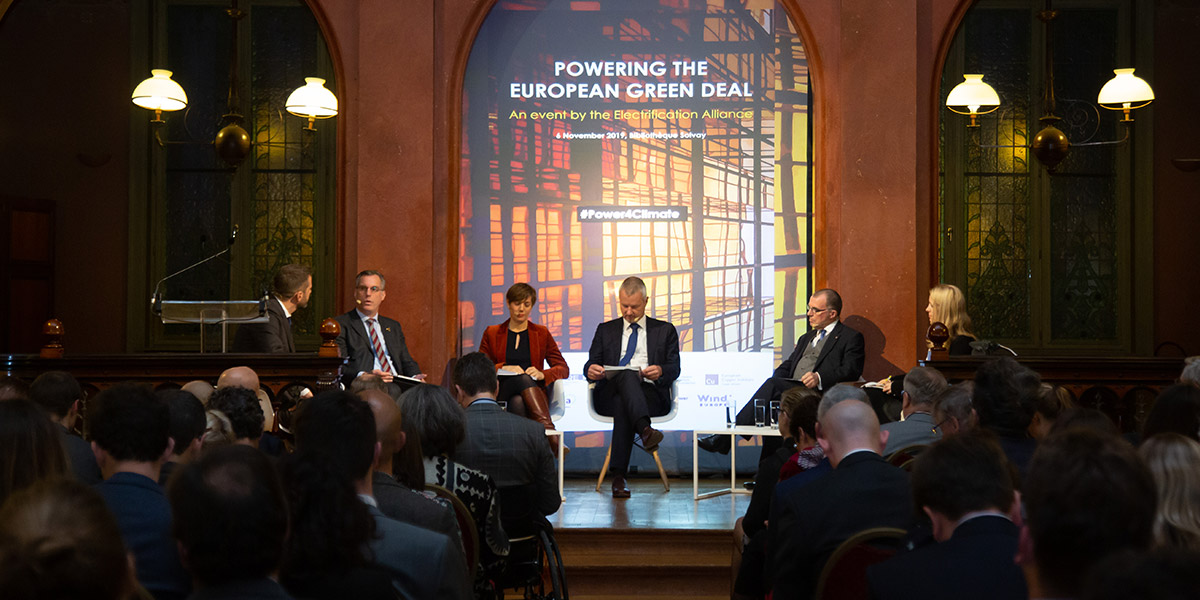
WindEurope, as part of the Electrification Alliance, have released a declaration calling for electrification to be put at the heart of Europe’s decarbonisation strategy.
The declaration, Powering a climate neutral, competitive and secure Europe, includes a commitment from a broad range of industry stakeholders to support reductions in carbon intensity across sectors and to scale up investments in non-emitting technologies like renewables. This will go hand in hand with electrification of heating, mobility, and transport.
Decarbonising the European energy supply quickly will determine Europe’s ability to reach its 2050 carbon-neutrality goal. Europe has progressed in decarbonising its power generation. But electricity only makes 24% of all the energy consumed in Europe today. Heating, cooling and transport still remain largely powered by fossil fuels.
The declaration highlights the clear benefits brought by electrification to the European economy. These include:
- Cost savings for European consumers when EU fossil fuel import costs are substituted with cost-competitive renewables-based electricity;
- Empowering consumers as they manage their power supply and demand through digitalisation;
- Jobs and growth created by investing in the industries delivering smart, decarbonised and affordable electricity;
- Improved health through the substitution of fossil fuels in transport and heating with decarbonised power supply.

European Commission Director-General for Energy Ditte Juul Jørgensen
To reap the benefits of electrification, the Alliance underlines the need for targeted reforms under the current legislative review of European climate, energy and transport policies.
In particular, the Alliance calls on European policymakers to make decarbonised electricity the backbone of the European Green Deal, to remove barriers to electrification, to rollout the much needed widespread electric vehicle charging infrastructure and to enable the deployment of smart and efficient heating and cooling technologies.
The Electrification Alliance was created in 2017 and is composed of WindEurope and eight other associations from major industrial sectors and civil society (the European Association of Electrical Contractors, Avere, Eurelectric, the European Climate Foundation, the European Copper Institute, the European Heat Pump Association, smartEn and SolarPower Europe).
The declaration was signed by 100 companies, launched and debated at a dedicated event in the presence of the European Commission’s Director-General for Energy Ditte Juul Jørgensen, Members of the European Parliament and representatives of the EU Member States.
Members’ News
Smart Wires solution frees up enough network capacity to power 45,000 homes
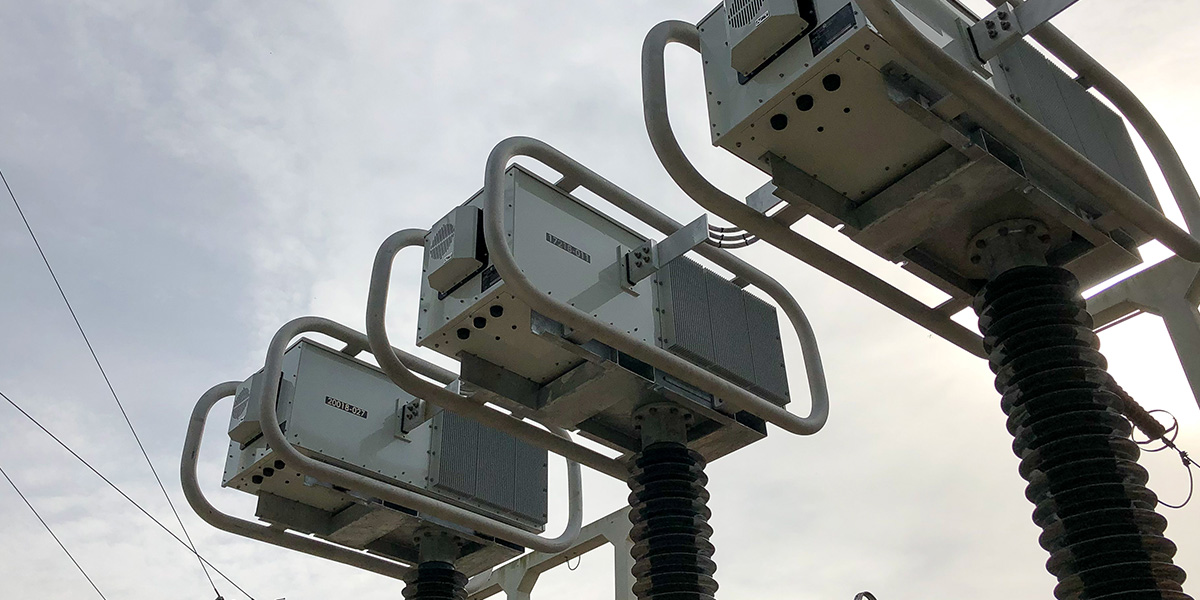
An innovative device to free up 95 MW of additional network capacity – enough to power 45,000 homes – has been successfully proven in the UK. The solution was developed by California-based power technology company, Smart Wires.
In just a year, UK Power Networks’ LoadShare trial has already saved customers £8 million, and enabled enough renewable power to run 45,000 homes to safely connect to a previously constrained point in the local electricity network. LoadShare solved a critical pinch point on a power line near the Essex/Suffolk border, by allowing more electricity generated from renewable sources to feed into the system – without building costly and disruptive new electrical cabling and substations.
The Smart Wires’ devices were installed on three steel overhead lines near Lawford running between large electrical substations. This state-of-the-art technology intelligently and instantly routes power through the cables which have available capacity, maximising use of the existing network.
UK Power Networks now plans to deploy the technology in other areas to accommodate even more renewable energy generation at a reduced cost to consumers. Smart Wires’ European managing director, Michael Walsh said: “Smart Wires’ power flow technology is a game-changer in the energy industry and is changing the way grid operators across the world think about integrating renewable generation. By enabling utilities to control where power flows on their networks, they can now integrate renewables more efficiently and at a lower cost and impact to consumers.”
Based in the San Francisco Bay Area, and with offices in the United States, Ireland and Australia, Smart Wires provides grid optimisation solutions that leverage its patented modular power flow control technology.
R&I Spotlight
Research & Innovation funding to diversify and scale up blade recycling technologies in Horizon Europe
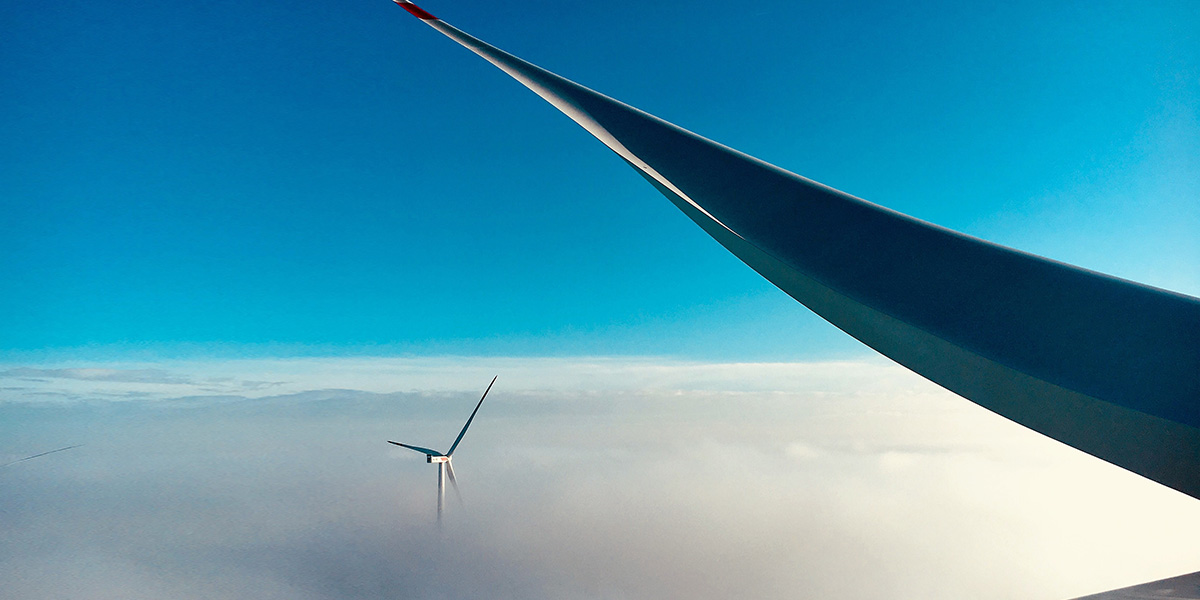
Wind turbines already have a recyclability rate of 85% to 90%. Most components of a wind turbine – the foundation, tower, components of the gearbox and generator – are recyclable and are treated as such.
But turbine blades represent a specific challenge due to the complex nature of composite materials used to manufacture them and to boost their performance. Today 2.5 million tonnes of composite material are in use in the wind energy sector. 15,000 wind turbine blades will be decommissioned in the next five years. Dealing with this significant volume requires logistical and technological solutions for the collection, transportation and waste management of the relevant material.
The fact-sheet on blade recycling: “How wind is going circular” is the latest ETIPWind publication which provides a graphic overview of the main available technologies for recycling composite materials from blades and which spells out the sector’s research & innovation recommendations for material development and recycling (see here). The webinar linked to this short publication, which took place on 19 September, brought together experts in wind blade manufacturing and recycling to answer key questions around the topic (see the recording here).
The key message for EU policymakers is that R&I funding in Horizon Europe should diversify and scale up recycling technologies but also focus on the design phase of blades to develop new performance materials that are more easily recyclable. This is critical to Europe’s technology leadership in the energy transition.
Want to stay up to date with R&I in wind energy? We’re launching a new newsletter, exclusively available to WindEurope members: the WindEurope Research & Innovation Quarterly. This newsletter is a comprehensive source to know more about our EU-funded R&I projects, funding opportunities for wind projects, and the latest developments in R&I policy. The first newsletter was issued in October and the next will be sent out in January.
For more information, contact Sabina or Dorina.
Events
Final countdown! Less than 2 weeks till WindEurope Offshore 2019 in Copenhagen: how offshore wind will help Europe go carbon-neutral
Europe needs to expand its offshore fleet tenfold to meet the EU’s climate objectives for 2050. Join 9,000 delegates at the conference and our sold out exhibition floor to find out how.
Our ambition is large. But our approach is practical. To put offshore wind at the core of Europe’s energy mix requires innovation and cooperation between every sector of the wind industry.
Beyond the high-level plenaries and ministerial sessions, the conference will focus on concrete steps to boost offshore wind and tackle issues on: finance, system integration & electrification, happy coexistence, policy & markets, science & research, resource assessment, O&M, supply chain and logistics, and turbine technology.
In our programme you’ll find fresh voices and new ideas alongside policy debates, technological workshops, and much more.
So join 9,000 other delegates in Copenhagen as we set out a clear pipeline for offshore wind projects in the decades ahead.
Together we can help Europe go carbon-neutral.
Our energy. Our future.
WindEurope Members’ Reception
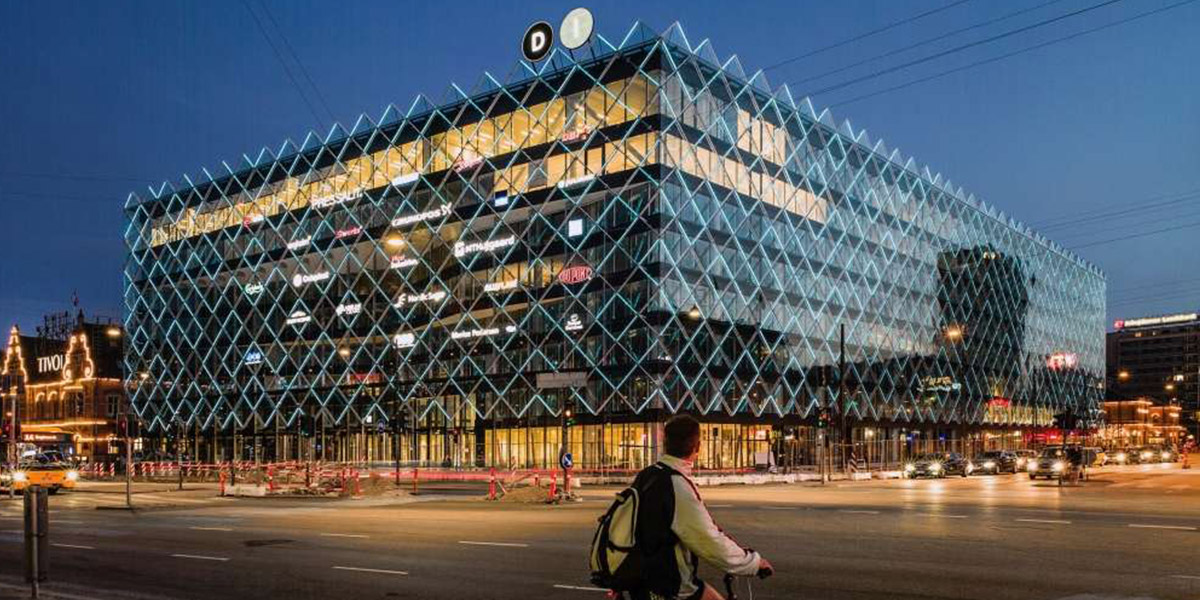
When: Monday 25 November, 18:00 – 21:30
Where: Industriens Hus, H. C. Andersens Blvd. 18, 1553 København, Denmark
Dress code: Business attire
This year’s Members’ Reception will take place in the Industriens Hus. Overlooking the Town Hall Square, the building is a model of contemporary Danish architecture, with a beautiful glass façade of playful diamond-shaped glass panels which is illuminated at night by LED lights.
Exclusively available to WindEurope and Wind Denmark members for this evening, attendees will enjoy a networking reception surrounded by wind energy professionals old and new.
The Innovation Park at WindEurope Offshore 2019

When: 26 – 28 November
Where: WindEurope Offshore 2019, Hall E
The Innovation Park is where you’ll find the start-ups and innovative projects transforming how wind works.
WindEnergy Hamburg 2020 stand party
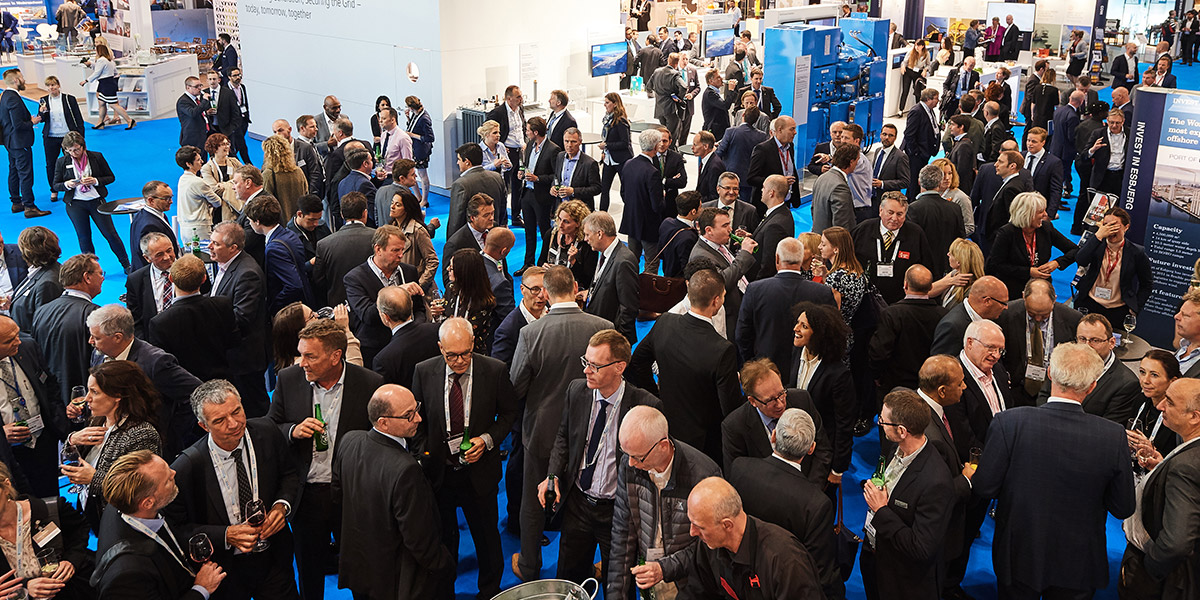
When: 27 November, 17:00 – 18:30
Where: WindEurope Offshore 2019, WindEurope Stand E-D21
Join us for a special announcement on the 2020 edition of WindEnergy Hamburg, the world’s largest wind energy event
Networking lunch with the WindEurope Ports Platform
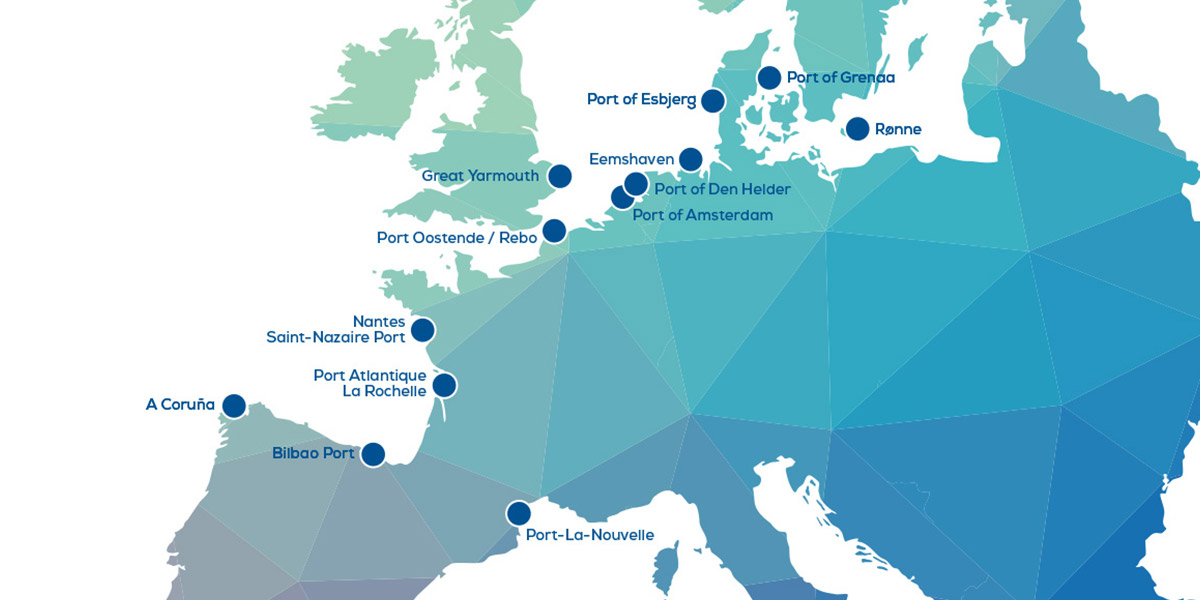
When: 27 November, 12:15
Where: WindEurope Offshore 2019, WindEurope Stand E-D21
At this networking lunch we will discuss the role of ports in the development and operation of offshore wind projects.
Save the date: WindEurope’s new Combined Technology Workshop
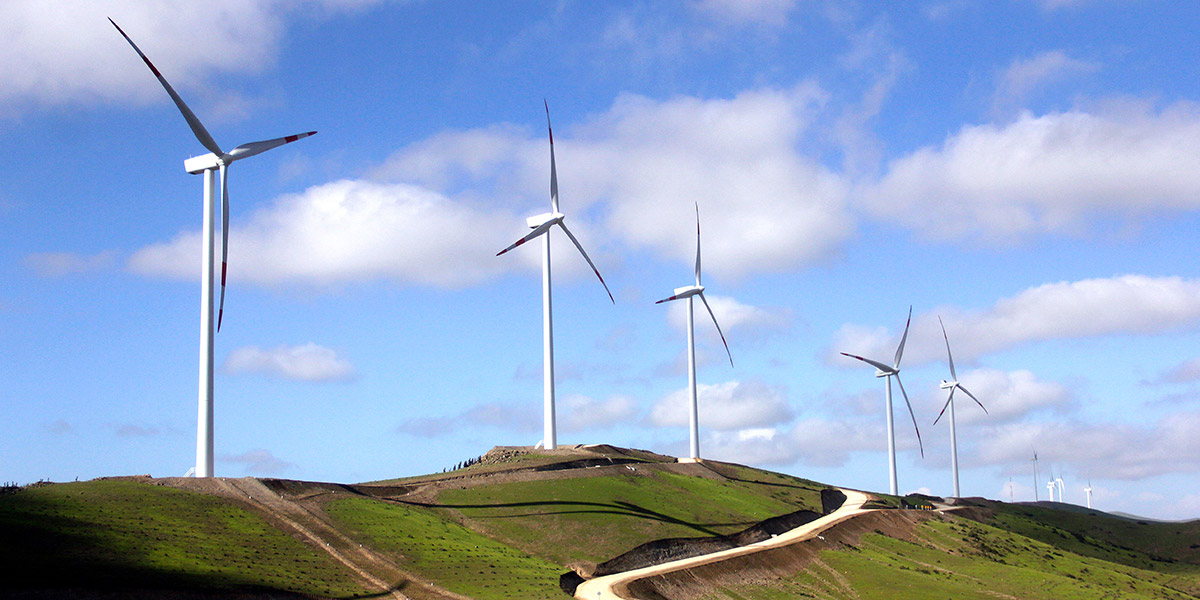
When: 23 – 24 April 2020
On 23-24 April, we will be gathering in Naples for a technology workshop focusing on two key topics: Analysis of Operating Wind Farms and Wind Resource Assessment.


